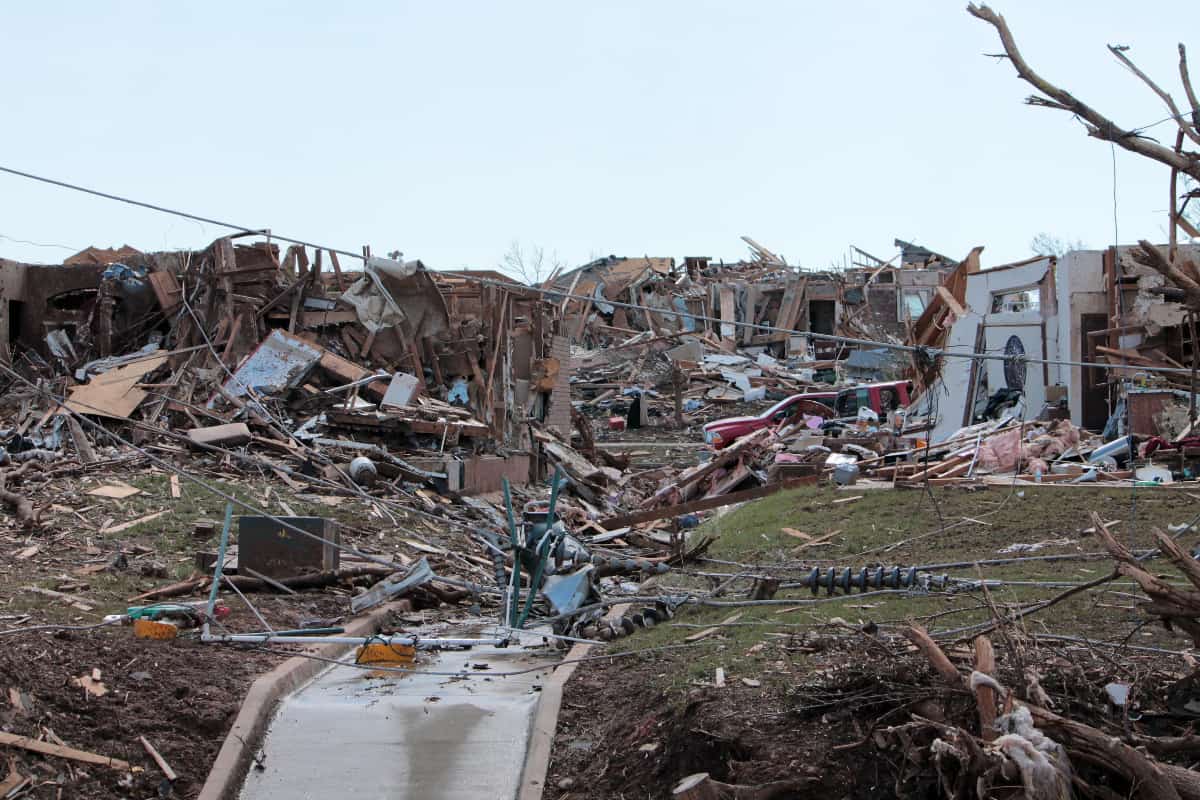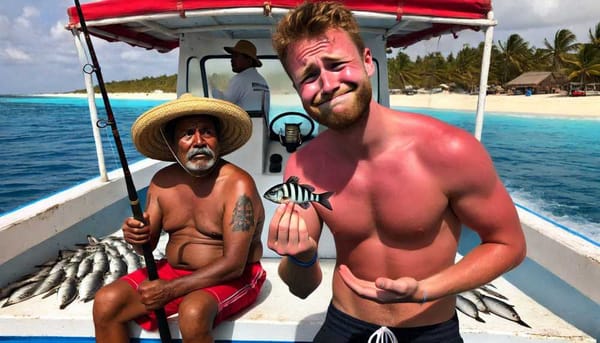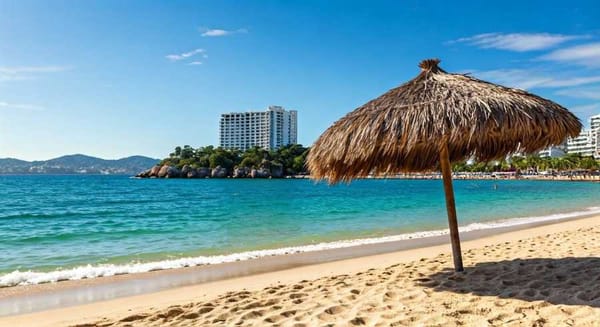Tornadoes in Mexico are more common than you think
There are records of tornadoes in Mexico since the Conquest. They occur in Coahuila, Tamaulipas, Nuevo Leon, Tlaxcala, Puebla, State of Mexico; even in the capital of the Republic.

It is estimated that 50 tornadoes occur in Mexico every year, from March to October, although their peak season is from May to August, so it is of vital importance to be informed and know the phenomenon to make better decisions when facing it, explained José Francisco León Cruz, a researcher at the Department of Physical Geography of the Institute of Geography of the UNAM.
If we do not call them by their name, we are minimizing their impact, but it is also important to learn to differentiate them from other manifestations of severe weather. It is necessary, he stressed, to know the possible consequences that they can leave in their wake since depending on their intensity and duration they can uproot trees, wiring, roofs, and even lift objects that can be projected at a speed of up to 300 kilometers per hour.
Tornadoes are popularly known as snakes, thunderstorms, serpents, or dragons, but their correct name is tornadoes; in Mexico, they are more common than one might think. León Cruz, a specialist in extreme weather and climate phenomena and one of the 12 scientists in Mexico who study them, explained that they have always occurred; in fact, there are records of them dating back to the time of the Conquest.
Hollywood movies present an erroneous version of this natural phenomenon by showing large vortices that indicate the end of the world, but in reality, there are two types: supercells, which are large, with huge vortices that rotate, with strong winds, and can destroy cities. The other is the non-supercell, which are thinner, with shorter duration and lower wind intensity, "but just as dangerous because they occur in rural areas, where building conditions are not the best," he warned.
The presence of both types of tornadoes is more frequent in the north of the country: Coahuila, Tamaulipas, and Nuevo Leon, due to the geographical characteristics and environmental conditions in that area.
In contrast, in central Mexico, in states such as Tlaxcala, Puebla, and the State of Mexico, there have only been non-supercell events, such as the one that occurred in 2012 when one crossed Mexico City's Zócalo and surprised the protest camp that was there at the time, blowing up their tarps, tents, and belongings, the researcher recalled.
Through Twitter, Facebook, and Instagram he shares and receives information from users who post photos and videos of the events to characterize them and obtain more data about these violent and destructive events. He encourages us to document them with caution and to be part of the community of users of @TornadosMexico.
"We can monitor the atmosphere at some point from satellite images, but these do not tell us where there is a tornado or the potential area of its generation, the exact point we do not have. So, we cannot determine its origin from these technological tools, we always need an observer to confirm the phenomenon and from there start to locate it."

Deadly tornadoes in Mexico
In recent times, there have been deadly tornadoes causing serious damage, such as the one in Ciudad Acuña on May 25, 2015, and the one in Piedras Negras on April 24, 2007, both in the state of Coahuila. Mention may also be made of the Apodaca, Nuevo Leon tornado on May 8, 2020.
Since there are no long-term records of tornadoes, it is not possible to determine whether climate change will cause more tornadoes to form in Mexico in the future, or if their formation will spread to areas where they have not occurred before. Although some studies have suggested that climate change may increase the generation of extreme events, in the case of tornadoes, and Mexico in particular, there is not enough evidence to support this.




